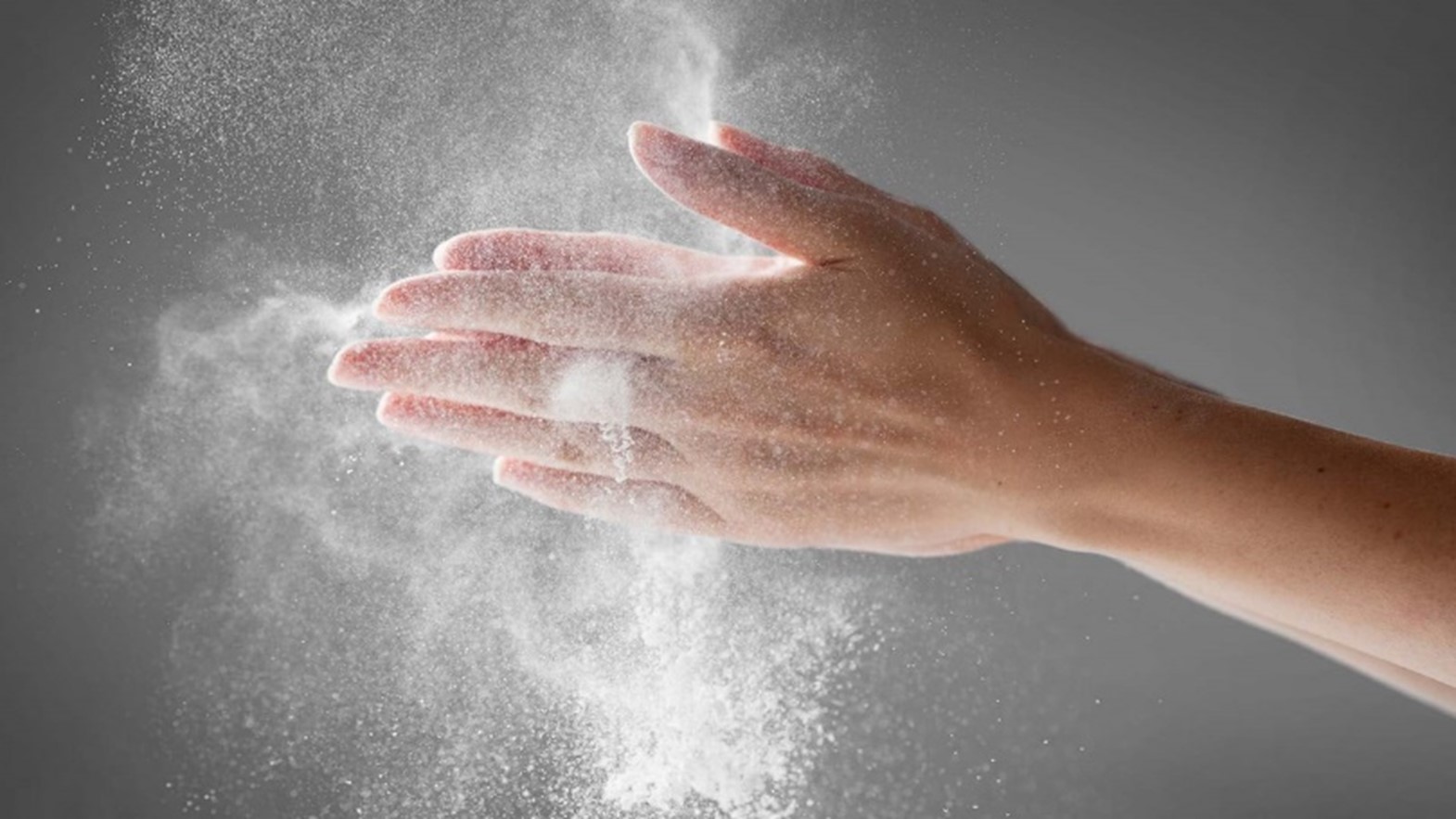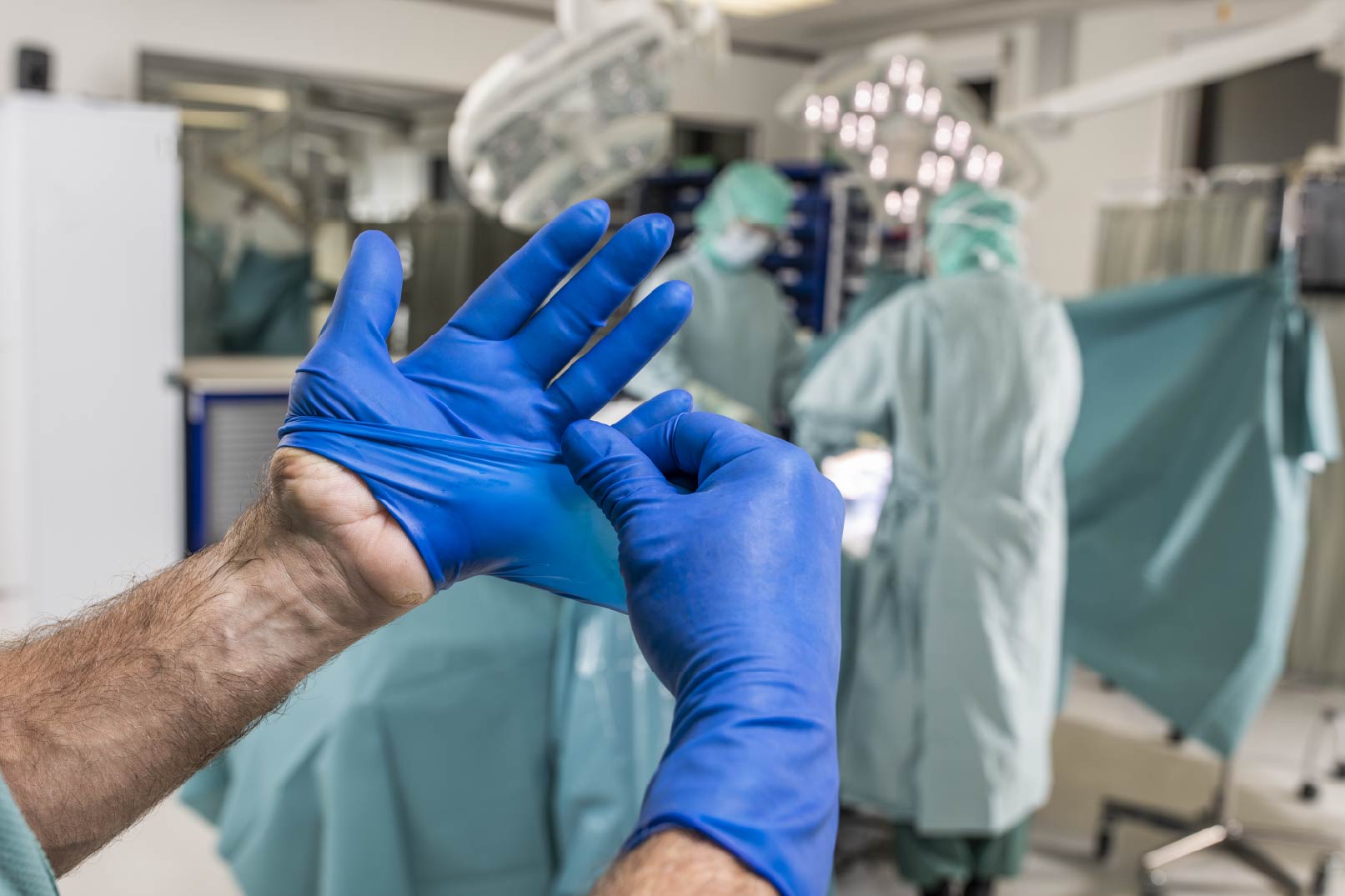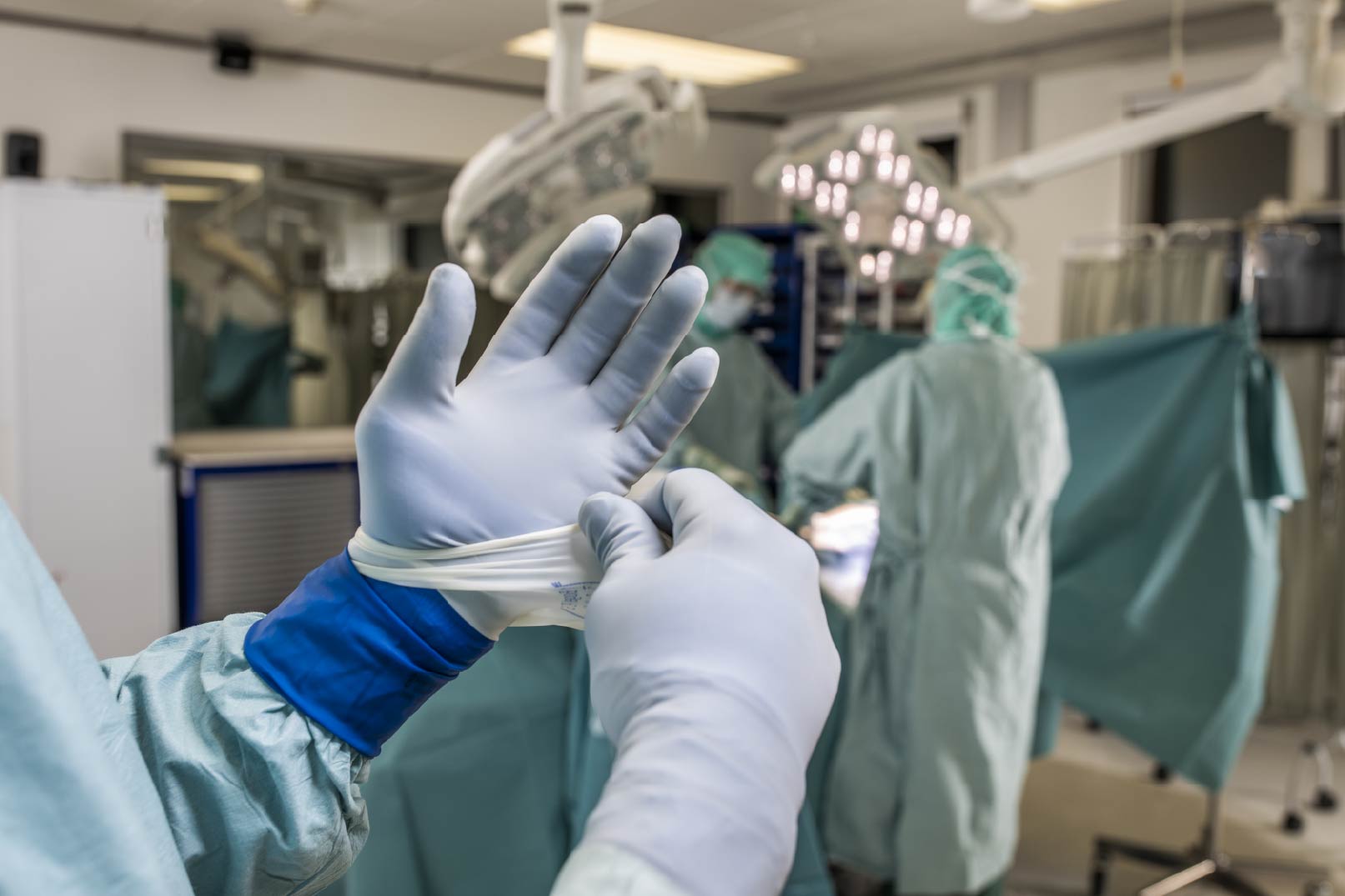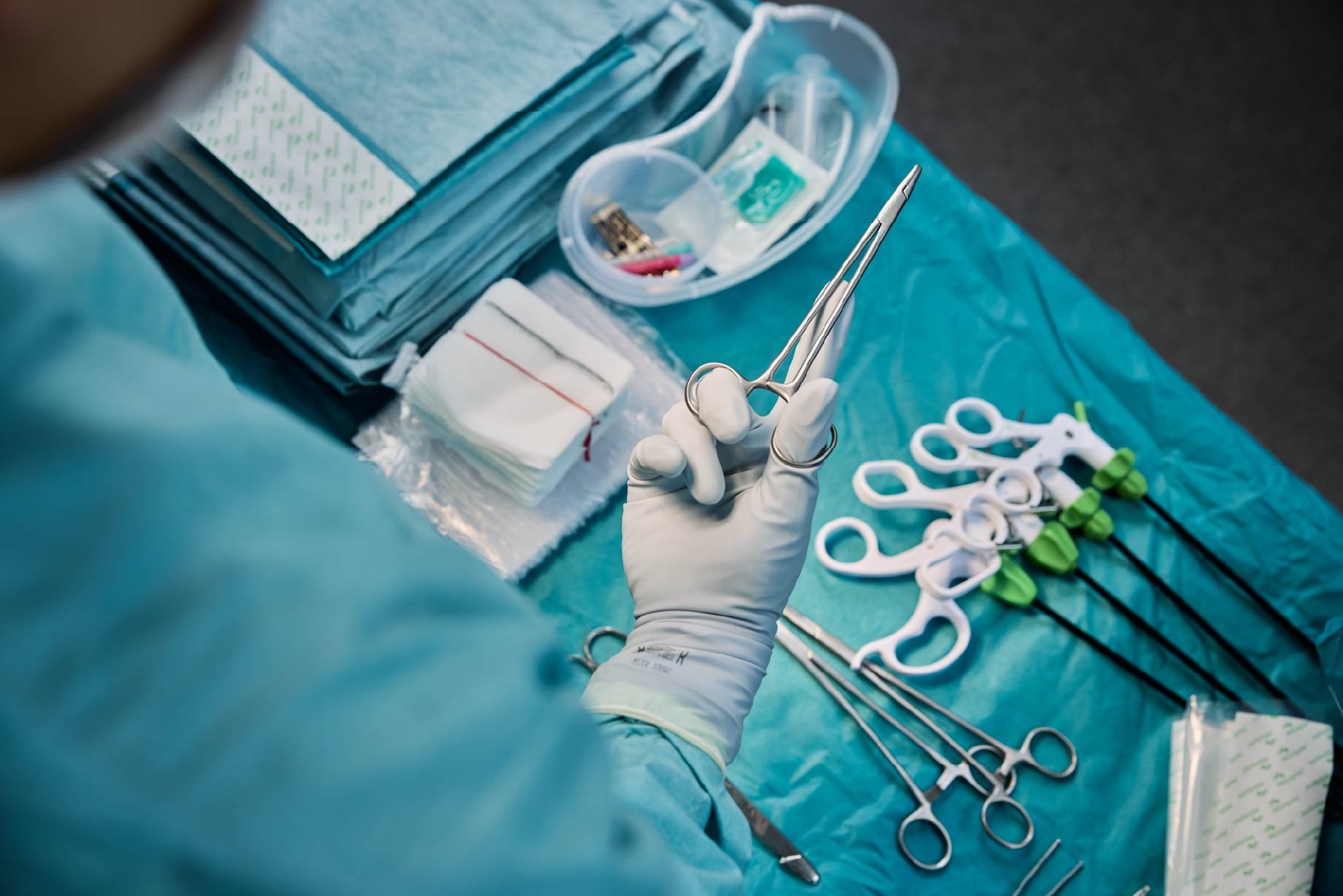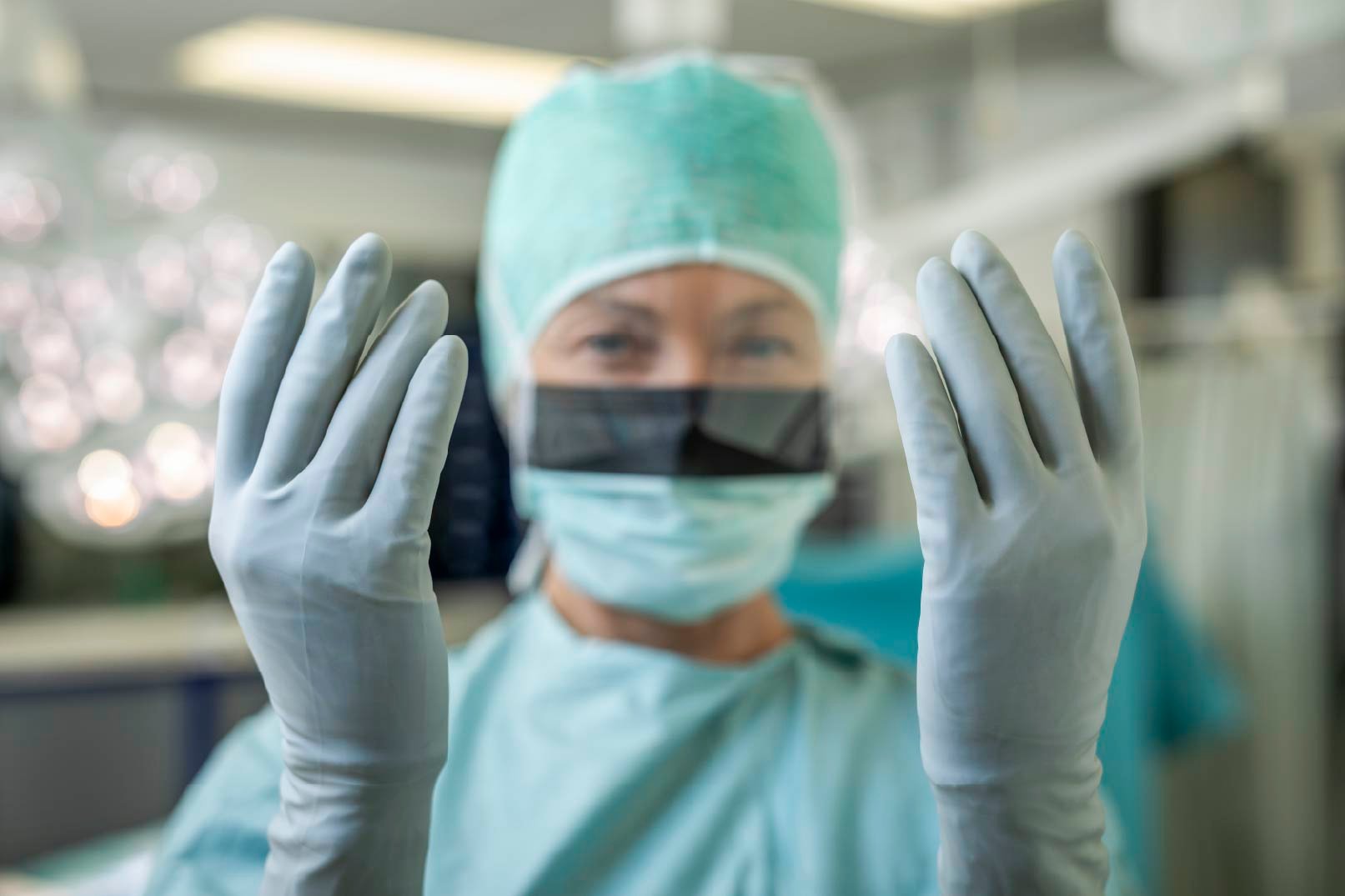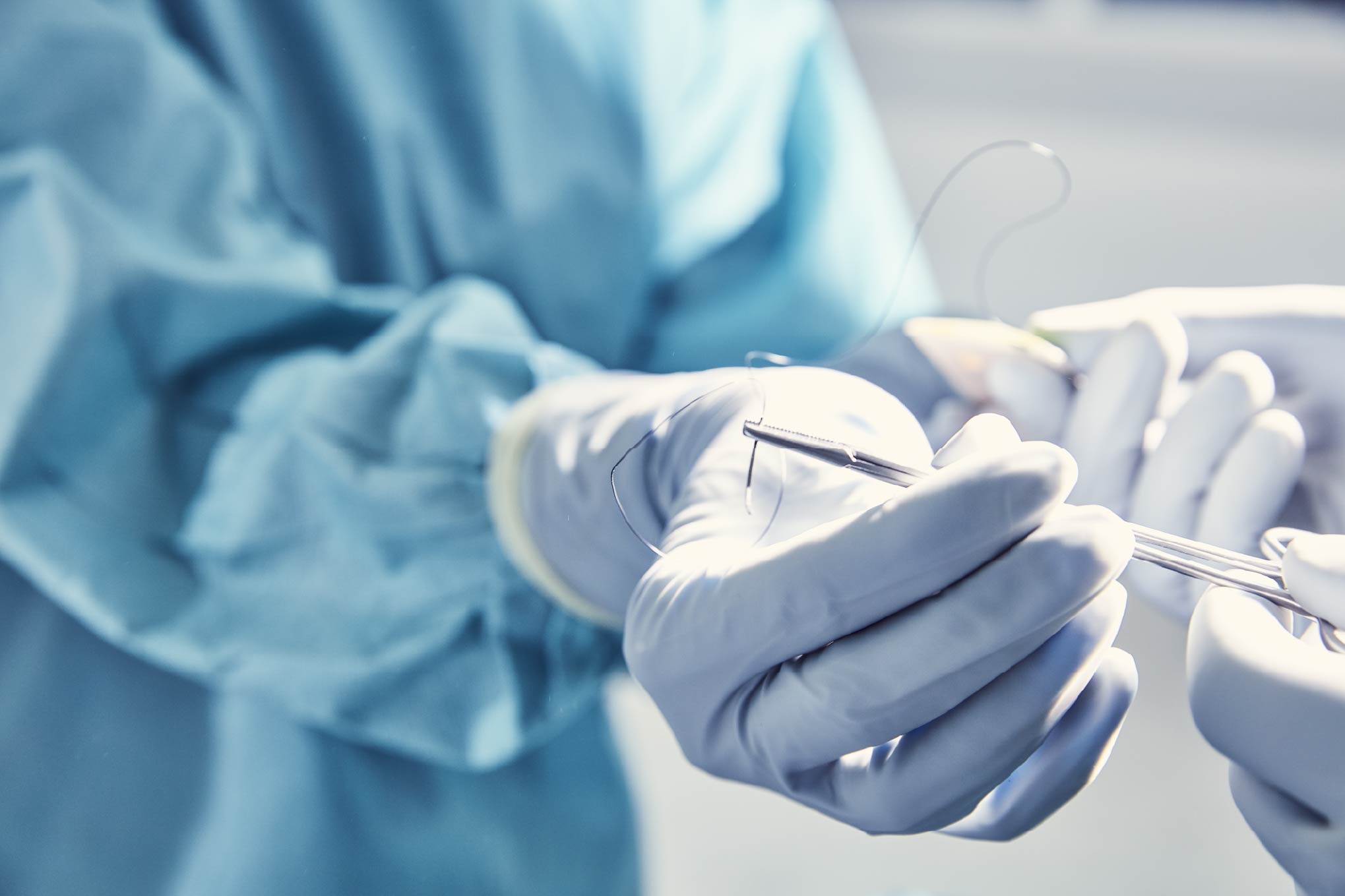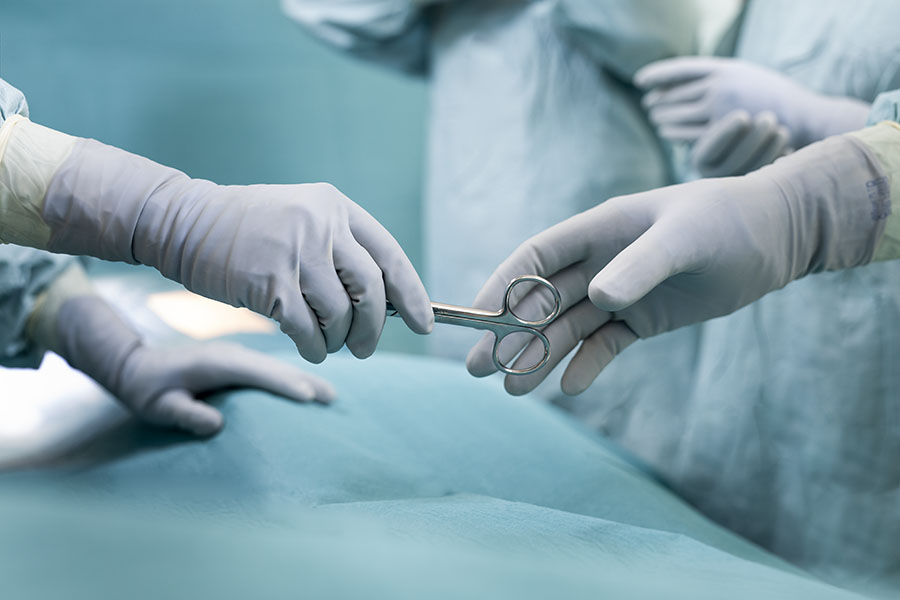Chemicals in surgical gloves get a bad rap, but they are not always the bad guy. What challenges and opportunities drive the future of medical glove development?
Can we create medical gloves without chemicals – and better yet, do we need to?
Allergies, standards and innovation all play significant roles in the development of medical and surgical gloves.

In this podcast
Dr Haydn Williams dives into the particulars of how latex allergies have shaped glove manufacture, how standards help measure various glove properties – including the residual chemicals in gloves – and what this means in practice.
Standards and measures
Dr. Haydn Williams says no, in fact, it makes more sense to be able to apply standardisation to medical gloves to test and report residual chemicals in gloves.
Chemicals yes, accelerators no
Medical gloves without the use of chemical accelerators may be possible, but chemicals are here to stay – and they aren’t the bad guy. They are in the glove for a reason.
Refocus
Preserving the properties of gloves that practitioners – and especially surgeons – need will require that manufacturers focus on the removal of chemicals that might cause allergic reactions, reduce chemicals in the focus on different techniques to reduce chemicals in the final product and keep looking at innovations in manufacture to make gloves from which the accelerators disappears.

